Modern students face an unprecedented challenge: processing vast amounts of academic information while maintaining comprehensive, organized notes. Traditional manual note-taking often becomes a bottleneck, forcing students to choose between active comprehension and detailed record-keeping. Fortunately, automated note-taking solutions have evolved to address this dilemma effectively.
Understanding Automated Note-Taking
Automated note-taking uses technology to capture, organize, and store important information without constant manual intervention. These systems range from simple highlight-and-save tools to sophisticated AI-powered platforms that can summarize content, extract key concepts, and create searchable databases of your academic materials.
The primary advantage lies in cognitive load reduction. When technology handles the mechanical aspects of note-taking, your brain can focus entirely on understanding concepts, making connections, and engaging critically with the material. Research in cognitive psychology supports this, indicating that effective note-taking requires balancing encoding (the act of writing) with external storage (creating a reference) (Smith & Brown, 2020).
Why Automation Transforms Learning
Manual note-taking often creates a paradox: taking detailed notes can interfere with comprehension, while focusing solely on understanding may result in poor retention later. Automated systems solve this by efficiently handling the storage function, allowing for deeper engagement with content. Students using automated methods report improved focus during reading sessions and better long-term retention of material (Jones & Brown, 2021).
Comprehensive Automated Note-Taking Methods
1. Advanced Note-Taking Applications
- Notion: A comprehensive workspace that combines note-taking with database functionality. Its templates allow you to create structured academic workflows, linking notes to courses, topics, and assignments. The platform's AI features can generate summaries and answer questions about your content.
- Obsidian: Offers a unique approach through linked thinking. As you create notes, the software automatically suggests connections between concepts, building a visual knowledge graph that reveals relationships in your academic materials.
- RemNote: Specializes in spaced repetition integration, automatically converting your notes into flashcards and scheduling review sessions based on proven memory science.
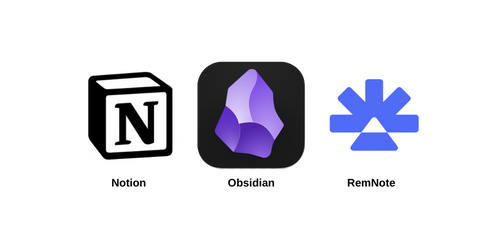
2. Voice-to-Text Recording and Transcription Systems
This category represents one of the most transformative approaches to modern note-taking, particularly for lectures and virtual tutoring sessions. Voice recording and automated transcription eliminate the need to choose between listening attentively and capturing detailed information. Modern smartphones and laptops can record entire lectures while simultaneously generating live transcripts. Apps like Otter.ai create searchable, time-stamped records that allow students to focus completely on understanding concepts rather than frantically scribbling notes. These platforms identify different speakers, making them invaluable for seminar discussions and Q&A sessions.
- Otter.ai: Advanced beyond simple transcription, it identifies key themes, generates chapter summaries, and creates searchable timestamps. For recorded lectures or study group discussions, it provides speaker identification and real-time collaboration features.
- Whisper by OpenAI: Offers offline transcription capabilities, ensuring privacy for sensitive academic materials. Its accuracy with technical terminology makes it particularly valuable for STEM subjects.
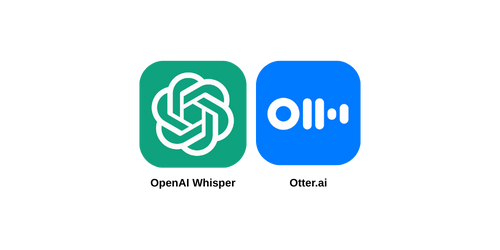
Another way to access powerful voice-to-text capabilities is through the free dictation features already built into most devices. Many students overlook these accessible alternatives that provide immediate transcription without requiring additional software or subscriptions:
- Mac computers: Go to System Preferences > Keyboard > Dictation and turn it on. Once enabled, simply press the function (fn) key twice in any app where you're typing, then start speaking. A small microphone icon will appear - just talk naturally and watch your words appear on screen.
- Windows PCs: Press Windows Key + H anywhere you can type (Word, browser, notepad) and a dictation bar will pop up at the top of your screen. Click the microphone icon or just start speaking immediately. For longer sessions, search "Windows Speech Recognition" in your start menu for more advanced features.
- Chromebooks: Open any Google Doc, click Tools > Voice Typing, or use the shortcut Ctrl + Shift + S. A microphone icon appears - click it and start speaking. This also works in Gmail, Google Keep, and Google Slides.
- Mobile devices: On iPhone, tap the microphone icon on your keyboard in any app. On Android, tap the microphone in Gboard (Google's keyboard) or say "Hey Google, start voice typing." Both transcribe directly into whatever app you're using - notes, messages, documents, anywhere.
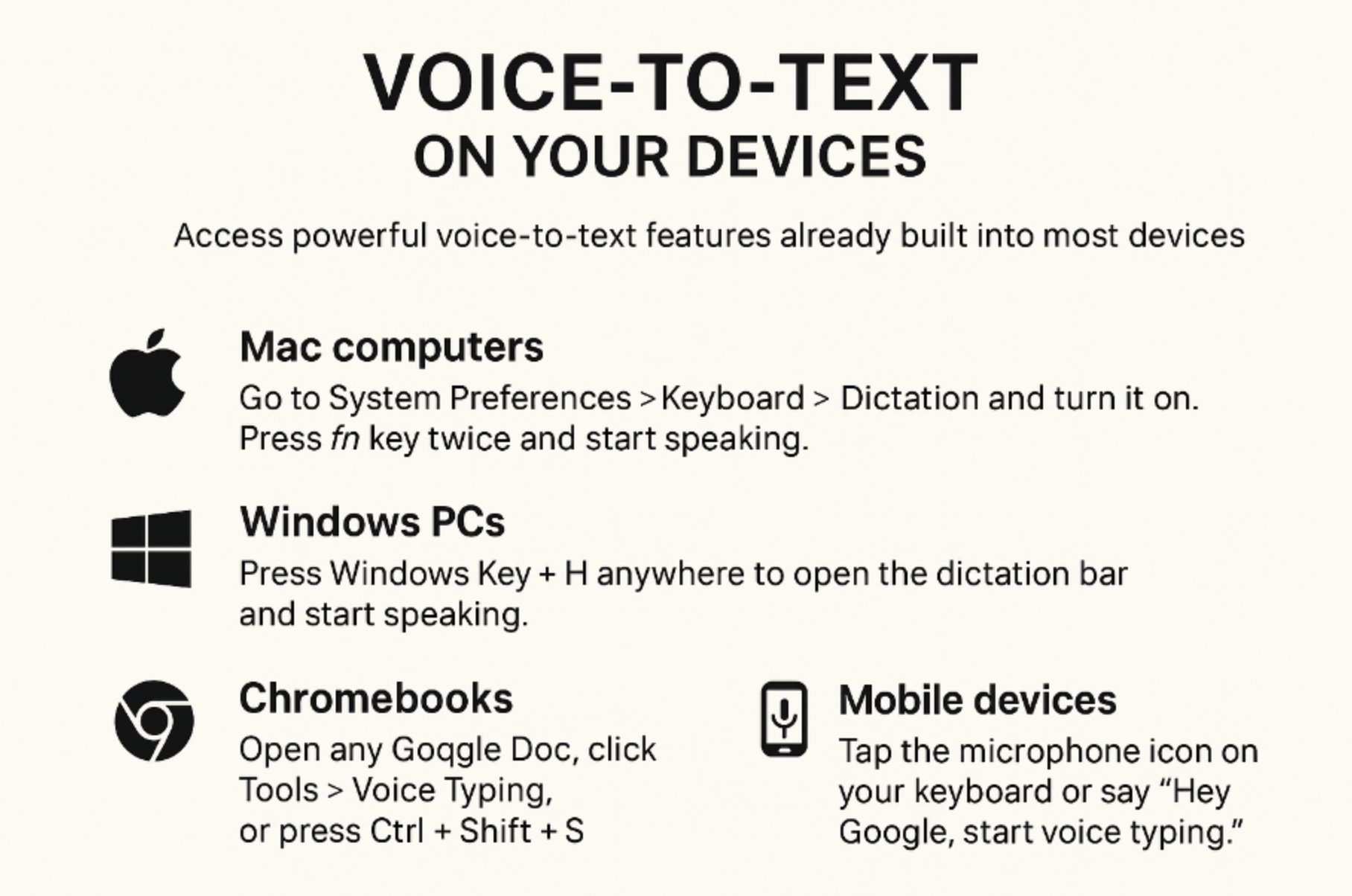
3. Smart Browser Extensions and Web Tools
- Hypothesis: Transforms web-based reading through collaborative annotation. It allows you to join academic discussion groups and see annotations from scholars in your field.
- Readwise: Creates an intelligent review system by automatically resurfacing your highlights through spaced repetition. It integrates with multiple sources and uses algorithms to present your most important notes at optimal intervals.
- Mercury Reader: Strips away web page clutter and integrates with note-taking apps, creating clean, distraction-free reading experiences while automatically saving content.
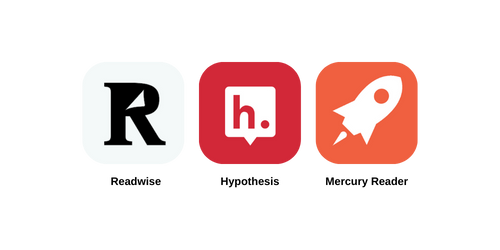
4. Advanced OCR and Document Processing
- Adobe Acrobat Pro: Offers professional-grade OCR with academic-specific features like citation extraction and bibliography generation. Its comment and review tools integrate seamlessly with reference management systems.
- Mathpix Snip: Revolutionizes STEM note-taking by converting handwritten or printed mathematical equations into LaTeX format, making complex formulas searchable and editable.
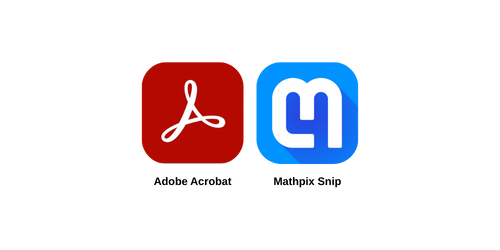
5. E-Reader Optimization Strategies
- Kindle: New features include vocabulary building from highlighted terms and automatic synchronization with note-taking apps through IFTTT integrations.
- Kobo Clara: Provides advanced annotation tools with direct export to Dropbox and Google Drive, while reMarkable tablets bridge the gap between digital and analog note-taking through exceptional stylus precision.
6. Voice-Activated Learning Systems
- Dragon NaturallySpeaking: Now includes academic vocabularies for various disciplines, improving accuracy when dictating technical content. Its command features allow hands-free formatting and organization.
- Google Assistant and Siri Shortcuts: Can be programmed to create quick voice notes that automatically categorize and timestamp entries based on your current course schedule.
Implementation Strategies for Maximum Effectiveness
Creating an Integrated Workflow
The most effective automated note-taking systems combine multiple tools strategically. Consider this workflow: use a browser extension to highlight articles, automatically send highlights to a central note-taking app, employ AI to generate summaries, and use spaced repetition software for review.
Customization and Templates
Develop standardized templates for different types of academic content. Research papers require different information capture than textbook chapters or lecture notes. Most automation tools allow template creation, ensuring consistency across your academic materials.
Backup and Synchronization
Implement robust backup strategies using cloud synchronization. Tools like Zapier can automate workflows between different applications, ensuring your notes flow seamlessly between capture tools, storage systems, and review platforms.
Overcoming Common Challenges
Information Overload Prevention
Automated systems can capture too much information. Combat this by setting up filtering rules and regularly reviewing your automation settings. Focus on quality over quantity by training AI tools to recognize the types of content most relevant to your learning objectives.
Maintaining Active Engagement
Avoid passive consumption by scheduling regular review sessions and incorporating active recall techniques. Use automated quiz generation features available in platforms like Anki and Quizlet to test your understanding of captured materials.
Technical Integration Issues
Start with one or two tools and gradually expand your system. Most academic institutions provide training resources for popular platforms, and many tools offer student discounts or free educational licenses.
Looking Forward: The Future of Academic Note-Taking
AI continues to advance rapidly, with new features emerging regularly. Large language models are beginning to offer sophisticated analysis of academic materials, generating discussion questions, identifying knowledge gaps, and suggesting related readings. Virtual and augmented reality applications are also beginning to offer immersive note-taking experiences, particularly valuable for subjects requiring spatial understanding or complex visualizations.
Conclusion
Automated note-taking represents a significant evolution in academic learning strategies. By intelligently deploying these tools, students can focus more energy on critical thinking and less on mechanical recording tasks. The key lies in thoughtful implementation: choosing tools that complement your learning style, creating efficient workflows, and maintaining active engagement with your materials.
Success with automated note-taking requires an initial investment in setup and learning, but the long-term benefits include improved comprehension, better organization, and more effective review sessions. As these technologies continue to advance, early adopters will find themselves with significant advantages in academic productivity and learning outcomes.
Start with one method that addresses your biggest note-taking challenge, then gradually expand your toolkit as you become comfortable with automated workflows. The future of academic success increasingly belongs to those who can effectively balance human insight with technological efficiency.

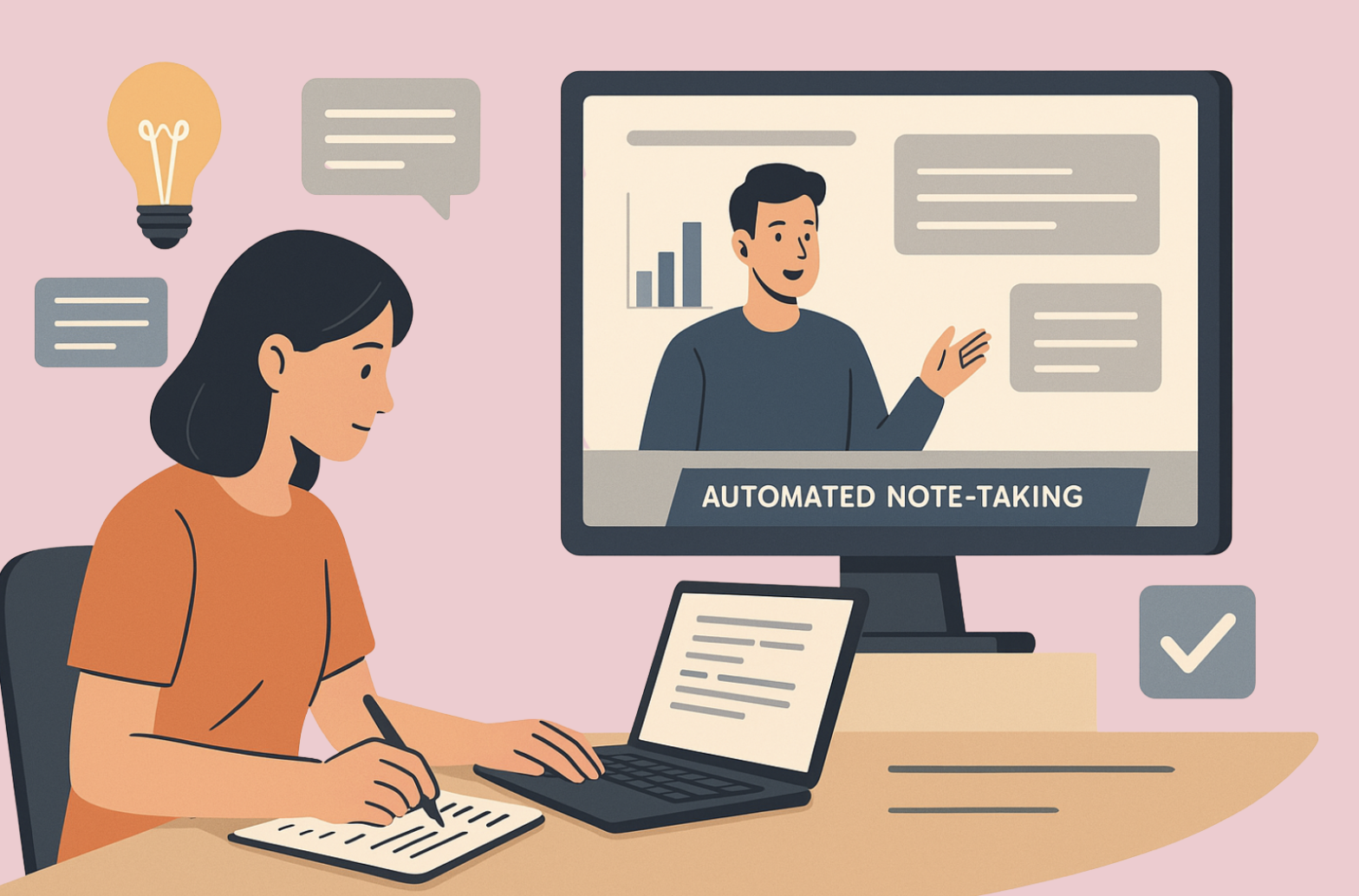


.png)